Masters of sound perfection
- Manuel Quintana's family began to cast bells in the 17th century. Campanas Quintana has visited the bell towers of temples around the world, although her first works were born in Navarra. In Euskal Herria, Bilbao has been one of the last important restoration works in the Basilica of Begoña.
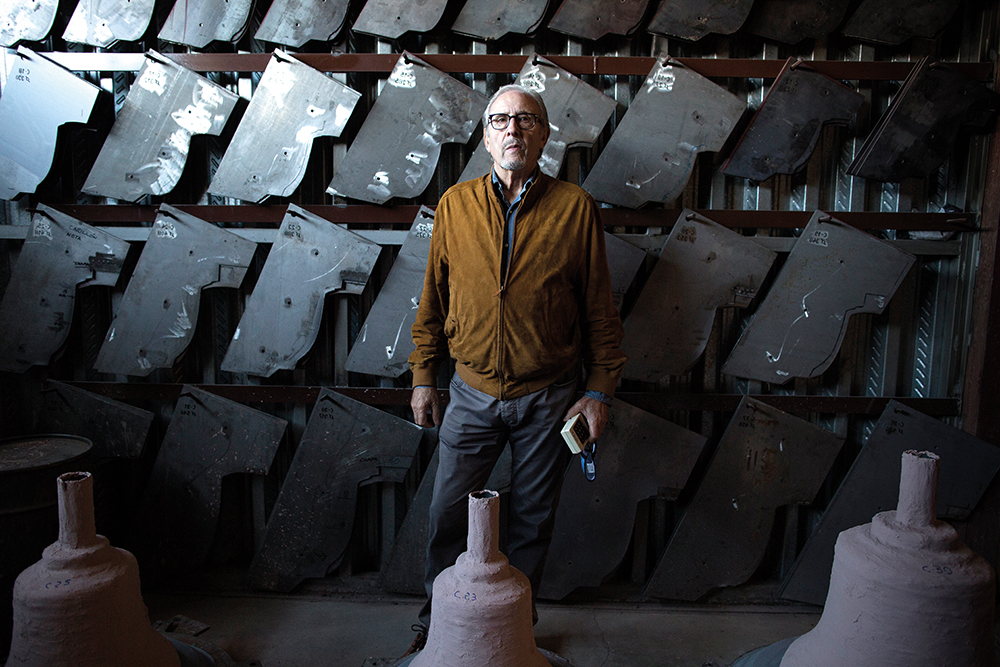
For many, bell-tower sounds only report the hour, but these blows hide surprising stories behind each hammer. In the past, the function of the bells was similar to that of the current WhatsApp application: communicating. Besides the hour, they publicized funerals, nupcias and births, and in days of closed fog, for example, in smaller towns they were dedicated to guiding pastors, just as the lighthouses practiced with boats, among others.
Manuel Quintana Sagüillo (Villota del Páramo, Palencia, 1943) is one of the few manufacturers of bells and metal castors that remain in Spain. Quintana, like her ancestors of the same name, has dedicated her entire life to the family company Campanas Quintana. The first documented bell was founded in 1637 by the founding master Clemente Quintana and Isla, in Navarra. At that time, the bells were itinerant workers who went to the places where there was work to melt the metal and do the bells. In the case of the Quintana family, at the beginning of the year they left Cantabria and traveled all over the Iberian peninsula, where the bells were created on demand.
The 19th and 20th centuries were very abundant in the production of bells. In Euskal Herria there were families that demanded the bells, but over time they have disappeared.
“The bells had at that time a zone of zonal work,” explains Manuel Quintana, in the industrial building currently installed in Saldaña (Palencia). The demand for work led the family to this humble village of Castile in the early twentieth century, but many of the orders have been made in the Basque Country, “especially in Navarre, in the seventeenth century”. Palencia, Madrid, Bilbao, Marbella, Balearic Islands, Navarra… In Australia you can also find the bells of Quintana.
Also in the Basque Country
The 19th and 20th centuries were very abundant in the production of bells. In Euskal Herria there were several families that demanded the bells, but over time they have disappeared: Delta Español de Bilbao, Agirre Sarasua or Ignacio Ituarte, Martín Eizaga de Durango, Vidal Erize de Pamplona, Murua de Vitoria-Gasteiz… Campanas Quintana has also performed beautiful works in various temples of Bizkaia: From the Church of St. Andrew Apostle of Ibarrangelu (1868) to the Basilica of Our Lady of Begoña (1994). The main product of the palentine company are the bells, so they usually work in religious temples (churches, cathedrals, convents...), but also in those that require municipal, public building and clockwork mechanisms.
Manuel Quintana has performed all the administrative tasks of the company before retiring: “We were few people in the company and I had the responsibility of all the departments during those years.” We have visited the Saldaña factory with an old bell tower, and although the entrance to the nave resembles other factories, as we cross the door we are surrounded by the sounds of bells tuned in different shades: It's 12:00 hours. Manuel controls all bells using a remote control.
Layer to layer
“The creation of bells is a handmade process,” says Quintana as we jump from the office to the workshop. This has been the case since the 6th century, when the first bells were created in Italy. This process is still alive in some bells foundries.” He explains that a few years ago he stopped making the bells by hand in the company, but that this process has remained in his culture. “I myself have made several bells by hand and although my son does them through the current system, he has known this ancient process: clay, egg white, wax and other natural materials.”
Over time, the process of producing bells has evolved a lot, according to Quintana. “Let’s imagine that today we want to create a 500-pound bell. Following the old process, at a smooth pace and with a good atmospheric state, it would be a one-month job. With the new processes, it only takes 12 days.” In Saldaña 16 people work and two workplaces can be distinguished: the foundry and the workshop of profiling bells (tuning and sound tests, inscriptions, warehouse…).
“The creation of the bells is an artisanal process, as it has been since the 6th century, when the first bells were created in Italy. This process is still alive in some bells’ foundries”
(Manuel Quintana, campanero)
Right now we have the bells of the Palencia Cathedral in front of our eyes in the workshop. The average lifecycle of a bell ranges from 100 to 120 years: “It is true that there are bells of 200 years running today.” However, the artisan says that the bell tower does not focus only on the bell tower, but also on the bell tower, since “it has to bear the weight of the bell”, so both are reformed at the same time. In the process of renewal, it is not necessary to merge the bells, but they are only carried out at times in order to recover the usual acoustics. The house of bells, on the other hand, is usually restored by replacing the old wood. In addition, the bells are equipped with an electronic system that allows its manual use: “Automation also allows techniques and styles to touch traditionally used bells: dump bells, roll… and if desired you can hit manually.”
Campanas Quintana has had a large number of clients, such as the bells of the Cathedral of Madrid and the ring of eighteen hoods, but is dedicated to all the works with a great deal of mime. “Every bell is very important to us,” says Quintana. It is, in short, the only piece of a century’ duration.”
Bells
If melting the bells is creating unique works, beating them is art for the bells. In Spain there are many bells and its obligation is to maintain the legacy of the bell strokes and extend it to the new generations: “In Villavante (León) there is a bell-tower school in which there are two bell-tower teachers, whose goal is to teach the kids to play the bells,” the bell tower explains. In their hometown there is also a group of bells, but only men, as women are denied access: “Playing the bells is synonymous with disconnection, without any external pressure,” his colleagues argue. Fortunately, this is an exception, as there are many mixed bell-tower groups all over the world.
.jpg)
The melodies that are heard in cities, in addition to giving the hour, advertise the main masses and funerals of public holidays, among others. In the rural environment, bell beams with more than 20 meanings can be heard. The inhabitants of the villages used to know the language of the bells: looting of cattle, grazing of grass, gathering of neighbors, raising debts… Among the bumps of bell of the funerals there were several types: “According to the age of the deceased, the blows were in one way or another,” explains Quintana. If someone from the village was lost, there were bell-cells of orientation with a goal similar to that of headlights at sea. They were very useful in days of closed fog.”
Automatic Basilica of Bilbao
The tradition of sound watches is small in Bilbao. Only 26 of the 70 churches in the city have bells, of which only four are used as clocks: St. Peter of Deusto, Passionists of St. Felicsimo, Cathedral of Santiago and Basilica of Our Lady of Begoña. October 11 is celebrated the day of the Amatxu de Begoña, and it is known that the belfry bells set the city from the strategic watchtower, as in addition to its liturgical function, they also have a melody. In fact, the ring bells that play songs are one of the most sought after products in recent years.
In the well-known basilica of Bilbao we find the sacristan Enrique Franco (San Sebastian, 1962), and after visiting the sacristy of Begoña, we went up the stairs of the bell tower to get to know the temple bells and the carillon. Throughout the week, although holidays can be heard aloud the hymns of Begoñako Andra Mari or Athletic Club: “When the bells are dug, their strength is so great that the building’s facade vibrates and inside you can feel movement,” says Franco.
“When the bells fly, their strength is so great that the facade of the building vibrates and inside it can feel movement” (Enrique
Franco, sacristan of the Basilica of Begoña)
The mother of God of Begoña Banco de Vizcaya 1922 (Banco Vizcaino de Begoña de Dios 1922) can be read in its bells. In 1922, the Banco de Vizcaya gave the Basilica of Andra Mari a carillon with a manually operated mechanism, composed of 24 hoods. The bells were built by a Swiss company in the city of Aauri and, according to Quintana, the original mechanics of the watch belong to the French department of Jura. These bells were hit with wooden hammers, but when the tower of the basilica, the son of Murua of Vitoria, was renovated in 1994, the system was changed and more bells added. “It was a good job – Quintana remembers with a smile. It is an old stone building supported by the Provincial Council of Bizkaia and the Bank of Vizcaya.”
The Diputación contacted Campanas Quintana for the restoration of the basilica, in order to carry out an investigation into the bells. “We perform a sound analysis of each bell in the tower and automate the entire carillon with electromagnetic hammers. In addition to cleaning the bells, we had to re-merge two of liturgical use, since they were broken”. The inscriptions of the bells were also treated with a glass microsphere so as not to damage the bronze: The mother of God of Begoña in 1994 (God Begoñako Amari 1994) is now legible in two of them. Over time, the temple jumped from the analogue mechanism to the digital system and you can put 65 currently recorded melodies through a computer located in a small hall of the sacristy, pressing a key.
According to Quintana, there is work in the production of bells, but unlike what was previously demanded small volume pieces and the level of demand of customers is very high: “The production of bells has a growing trend towards the musical realm, achieving an increasing presence.”
.jpg)
Kanpaiak galdatzea prozesu konplexua zen antzina. Lehenik terraila izeneko egurrezko plantillan arra edo adreiluzko moldea egiten zen lokatzez estalita. Lokatza sikatzeko sua egiten zen barruan, eta molde horri kanpai faltsua jartzen zitzaion gainetik, lokatz finagoz. Azkenik, lokatz lodiagoko hirugarren geruza jartzen zen oinarrian uztai batekin, kanpaiaren benetako moldea sortzen zuena.
Molde hori sikatu ondoren, kendu, erdiko kanpai faltsua apurtu, eta berriz jartzen zen. Bi moldeen arteko hutsune edo zuloa 1.000 gradutara zegoen kobrezko eta estainuzko saldaz betetzen zen. Metala hoztean, kanpoko eta barruko moldeak apurtu eta behin betiko kanpaia agerian geratzen zen.
Irailaren 9ra gibelatu dute Kanboko kontseiluan gertatu kalapiten harira, hiru auzipetuen epaiketa. 2024eko apirilean Kanboko kontseilu denboran Marienia ez hunki kolektiboko kideek burutu zuten ekintzan, Christian Devèze auzapeza erori zen bultzada batean. Hautetsien... [+]
Azken egunak garrantzi handikoak izan dira Bartzelonan, etxebizitzaren aldeko mugimenduarentzat eta espekulatzaileen aurkako borrokarentzat. Urtarrilaren 28an, polizia-armada batek Raval auzoko Massana Zaharrari [zentro sozial okupatua] eraso egin zion goizaldean, aurrez abisatu... [+]
Larunbatean pertsona talde batek Tolosaldeako Kontseilu Sozialistako kide bati eraso egin ziola salatu dute. Azaldu dutenez, "faxistei aurre" egin zien propaganda jartzen ari zirela, eta piperbeltz espraiarekin zipriztindu zuten.
Haurdunaldian diren emazte bakartuentzat, harrera-leku bat proposatuko du La Maison des Sept Vallées elkarteak Donibane Lohizunen. Pariseko bikote jabe pribatu baten gogoan sortu zen xedea. Donibane Lohizunen, 2021ean Iturria izeneko etxea erosi eta, bazter bastizetan... [+]











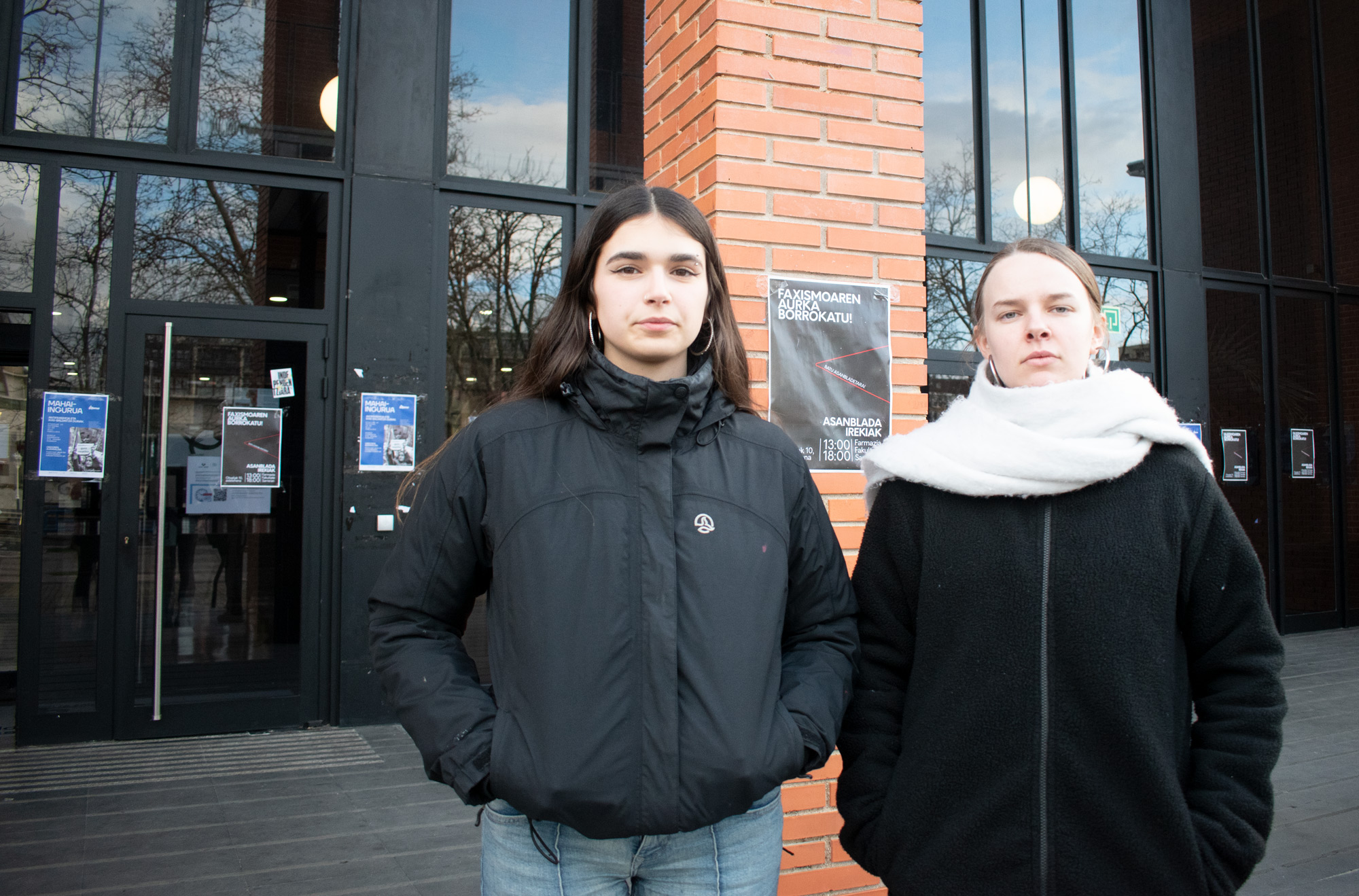
_2.jpg)
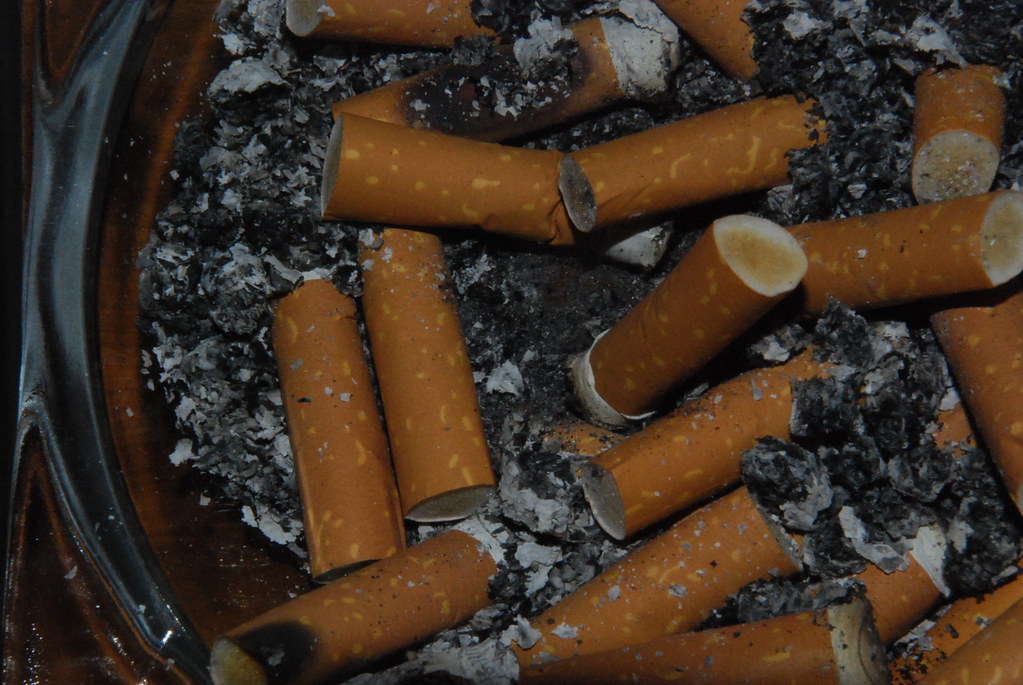




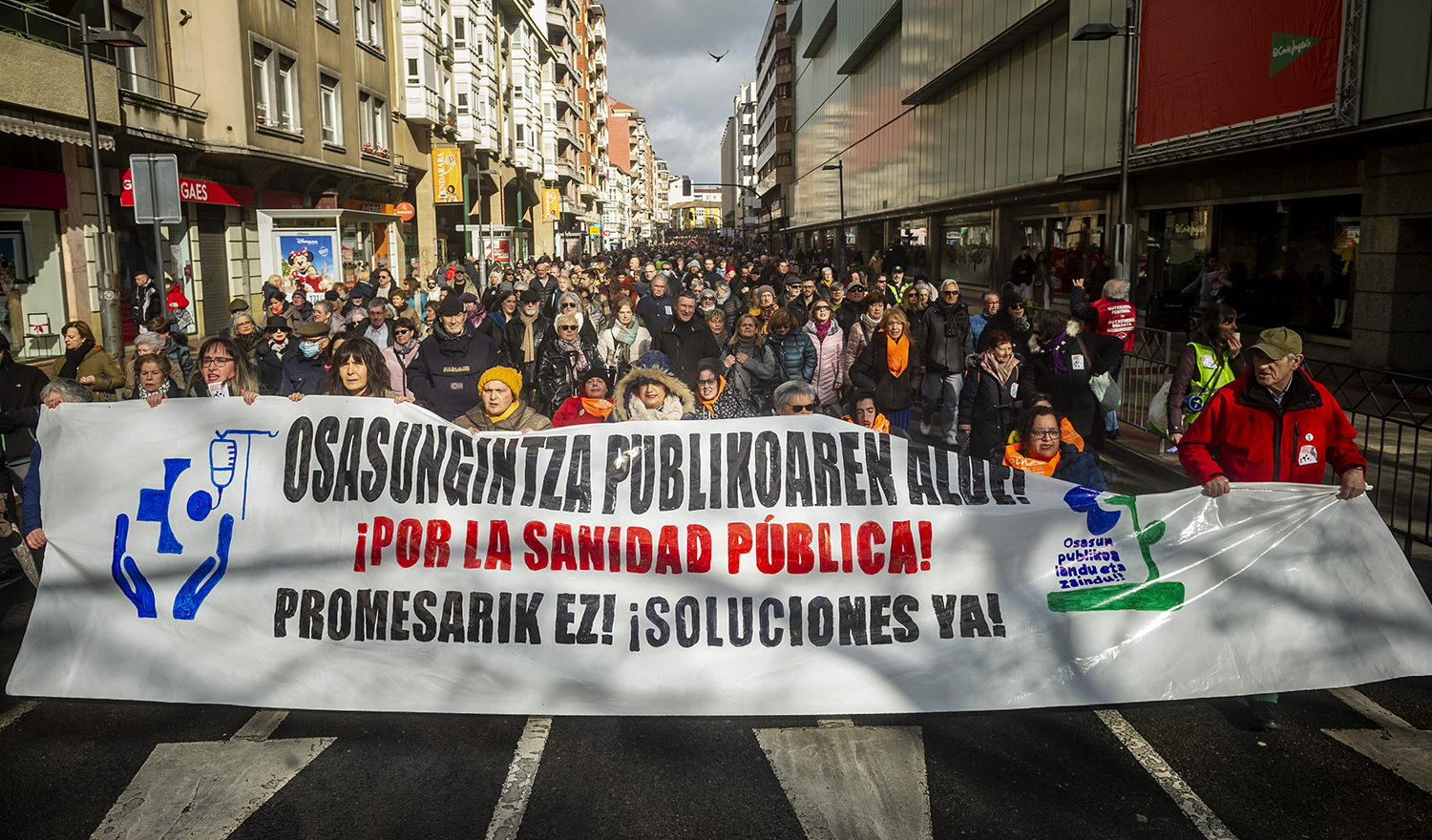
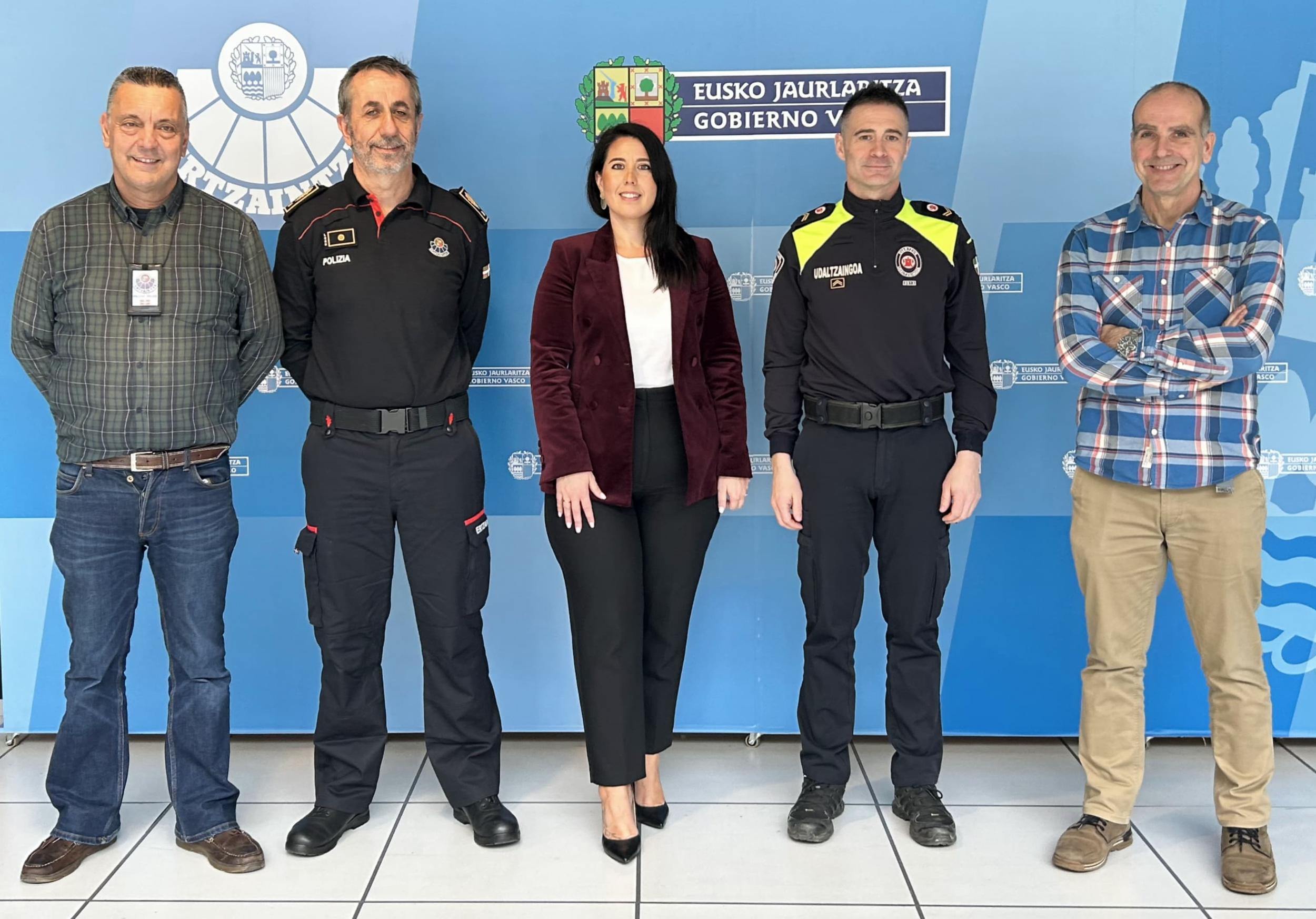
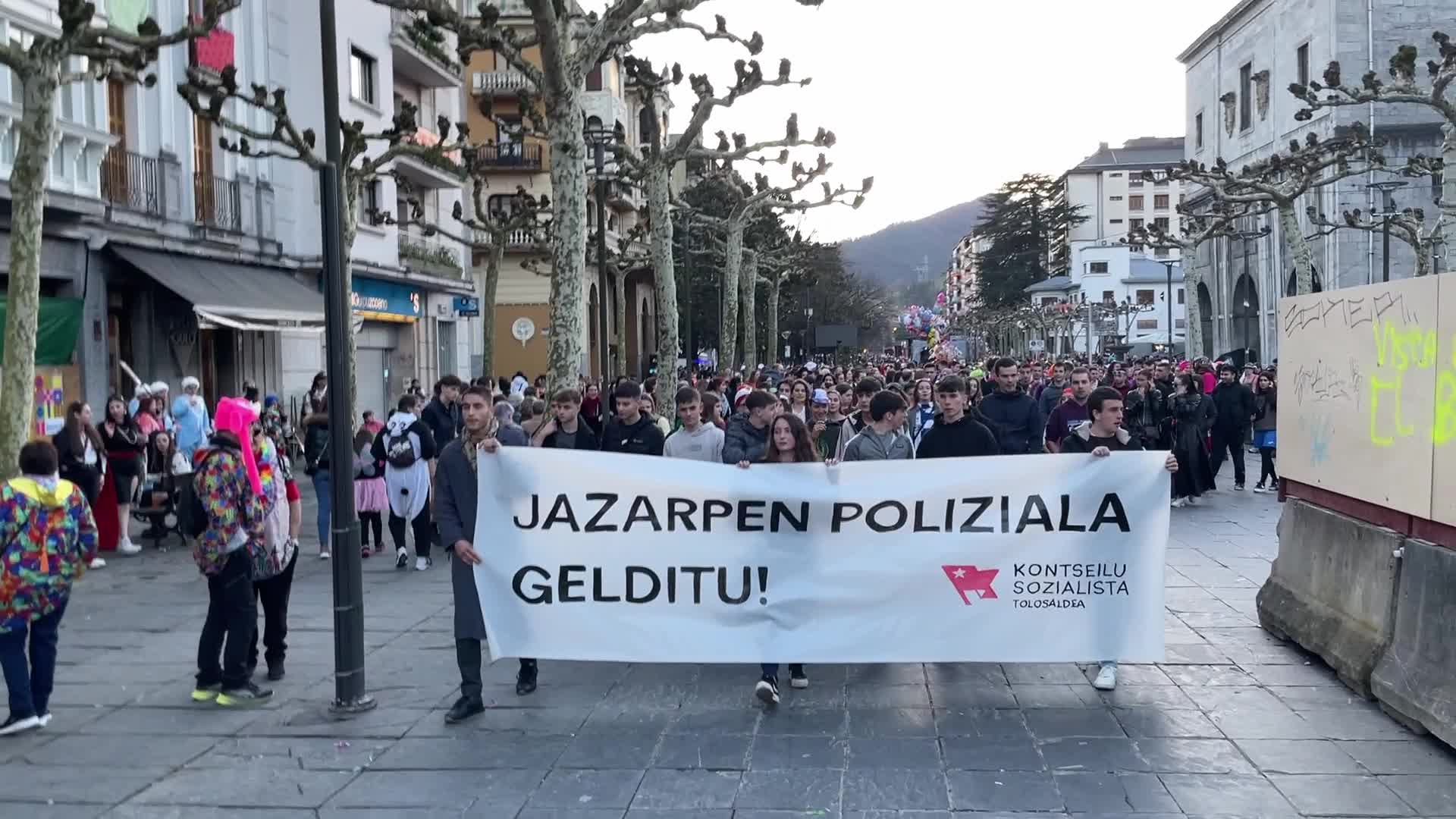

_2.jpg)

